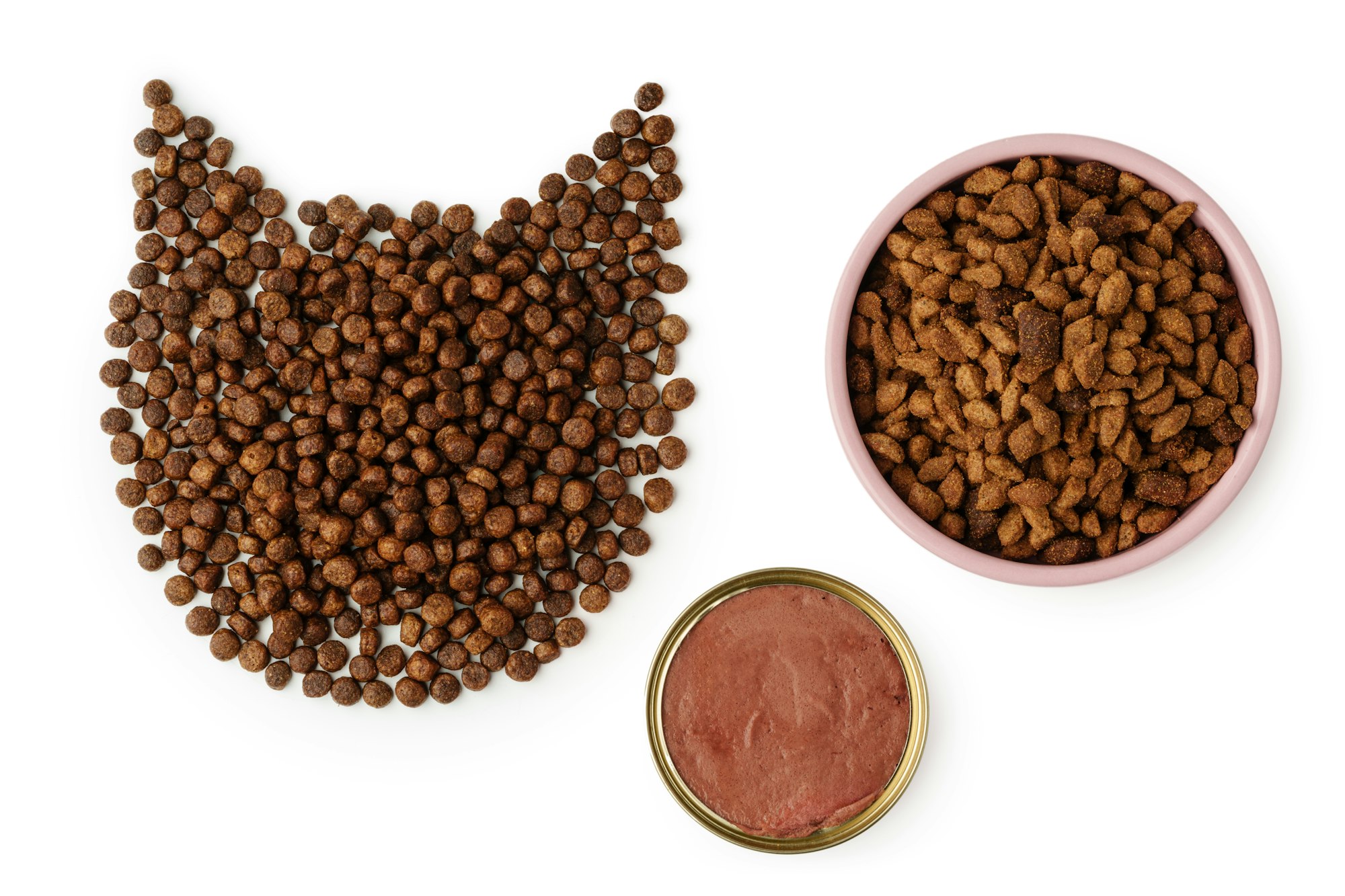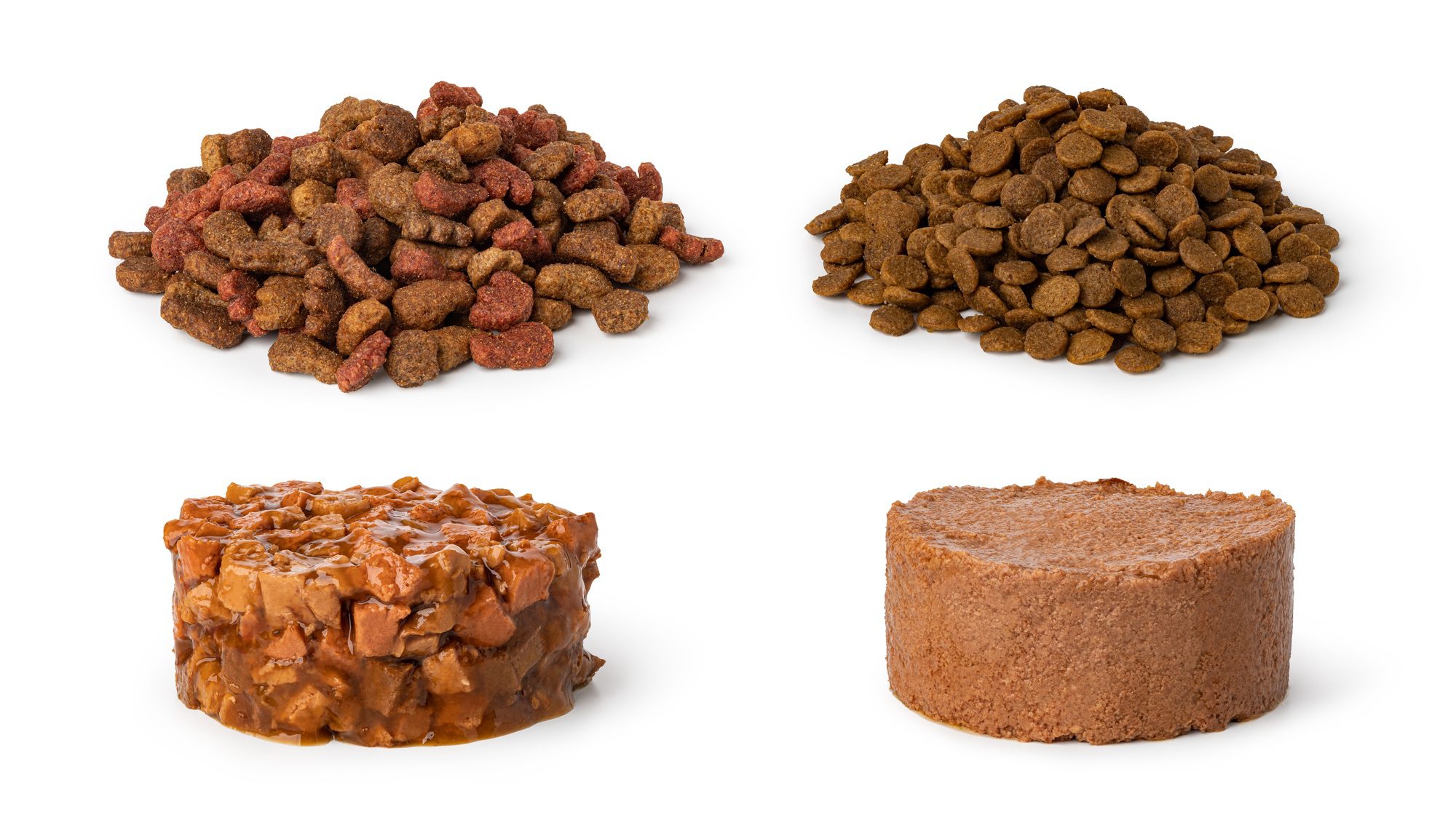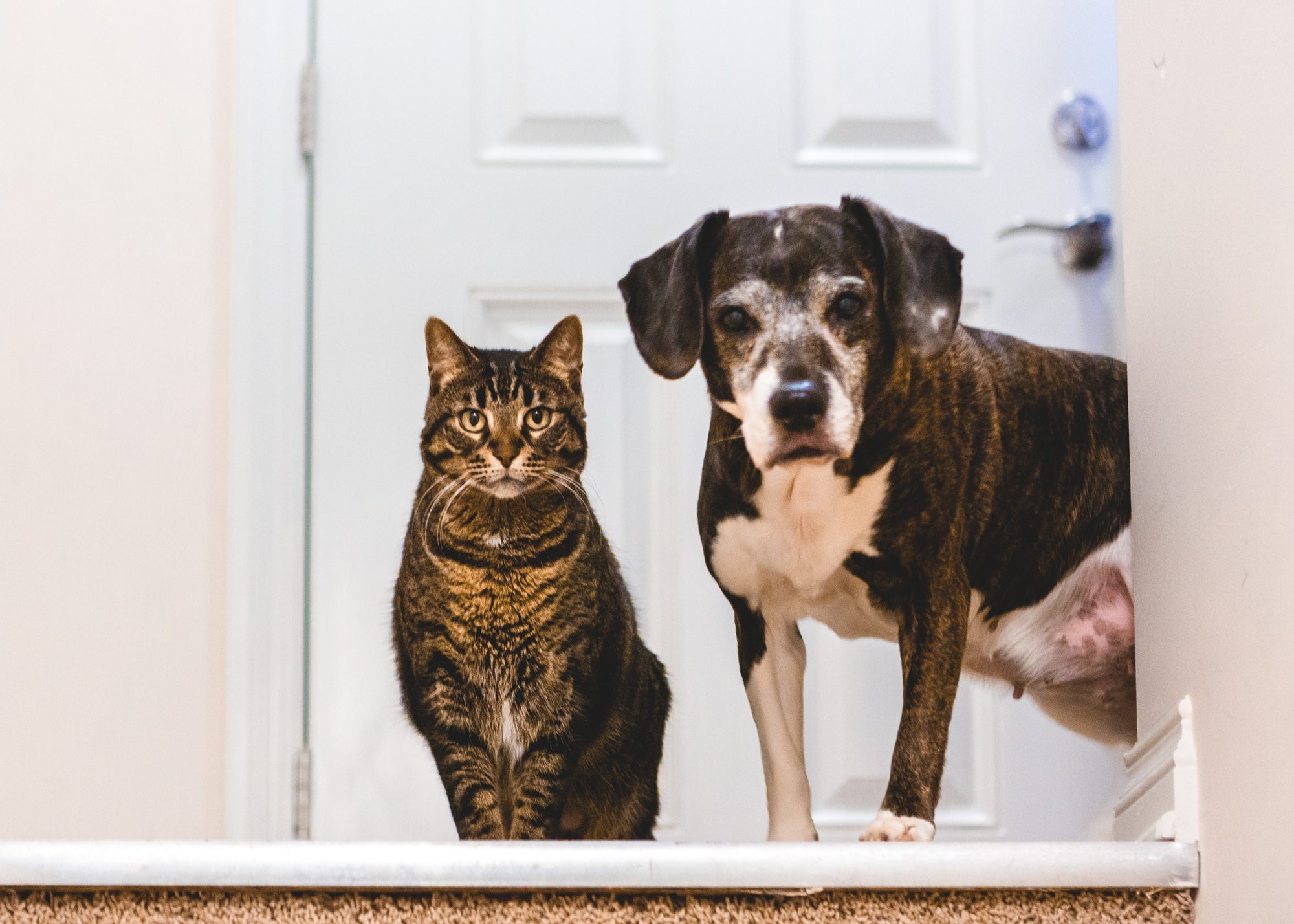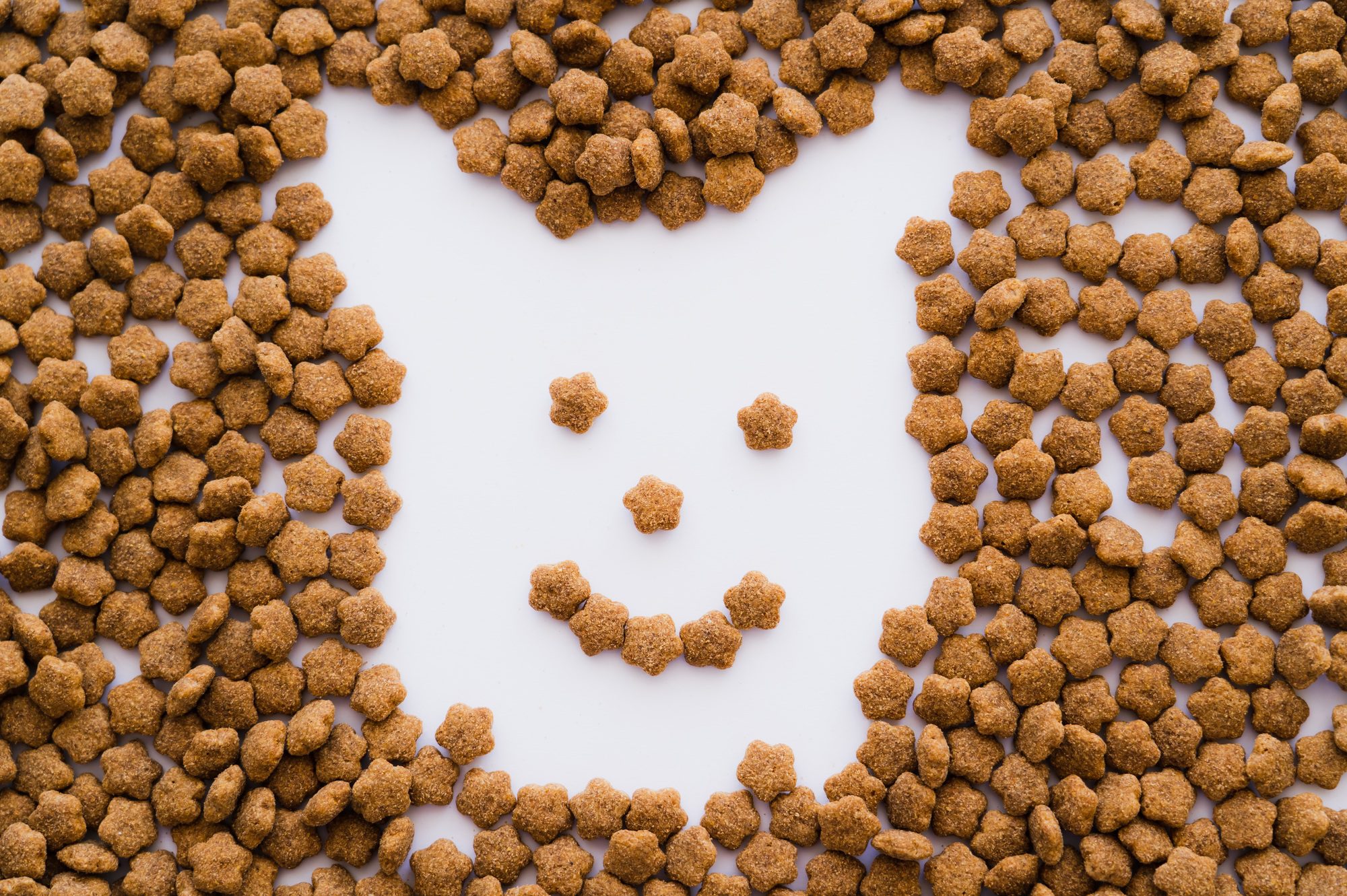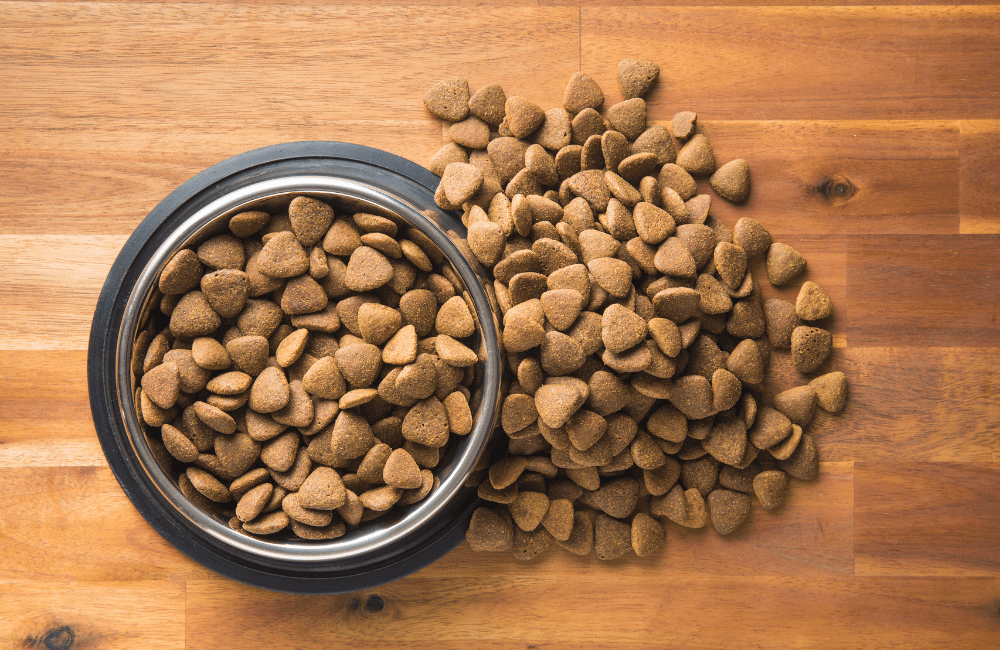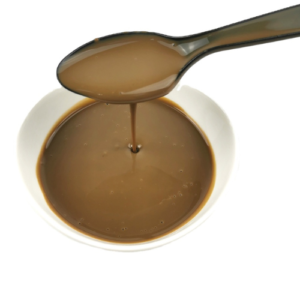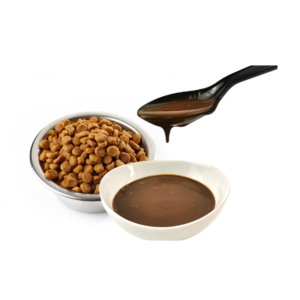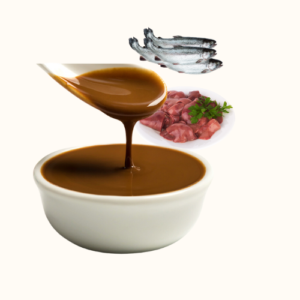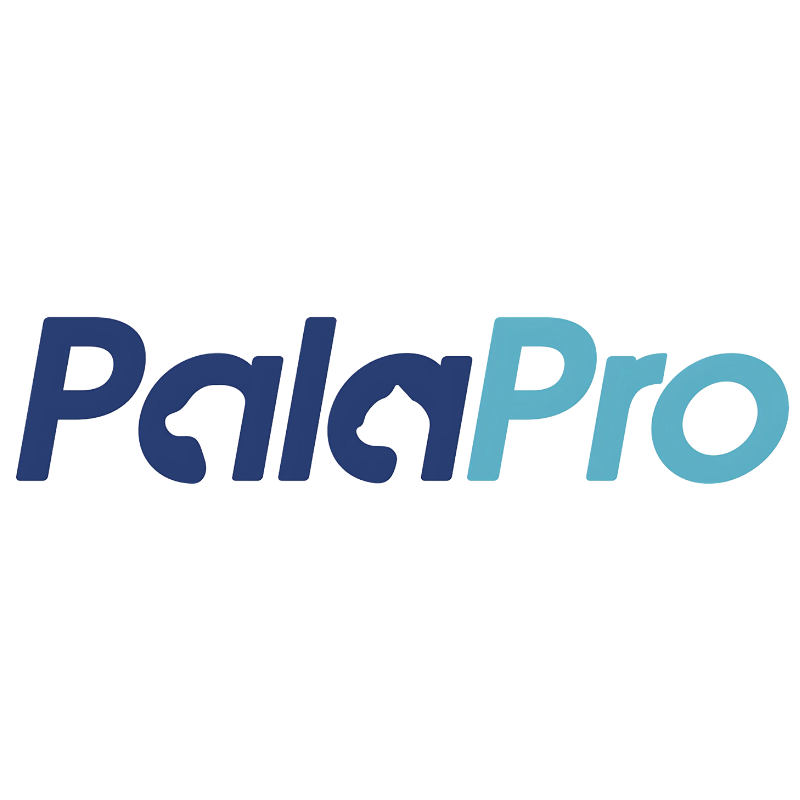Pet Food Palatants
When it comes to pet food, palatants play a crucial role in making food appealing to pets. They enhance the taste, smell, and overall palatability, ensuring pets eat their meals with enthusiasm. The debate between natural and artificial palatants has gained significant attention in recent years, largely due to growing consumer demand for healthier, more natural pet food options. But which type of palatant is truly better for pets and manufacturers alike? Let’s dive deeper into both options to help pet food manufacturers, wholesalers, and factories make informed choices.
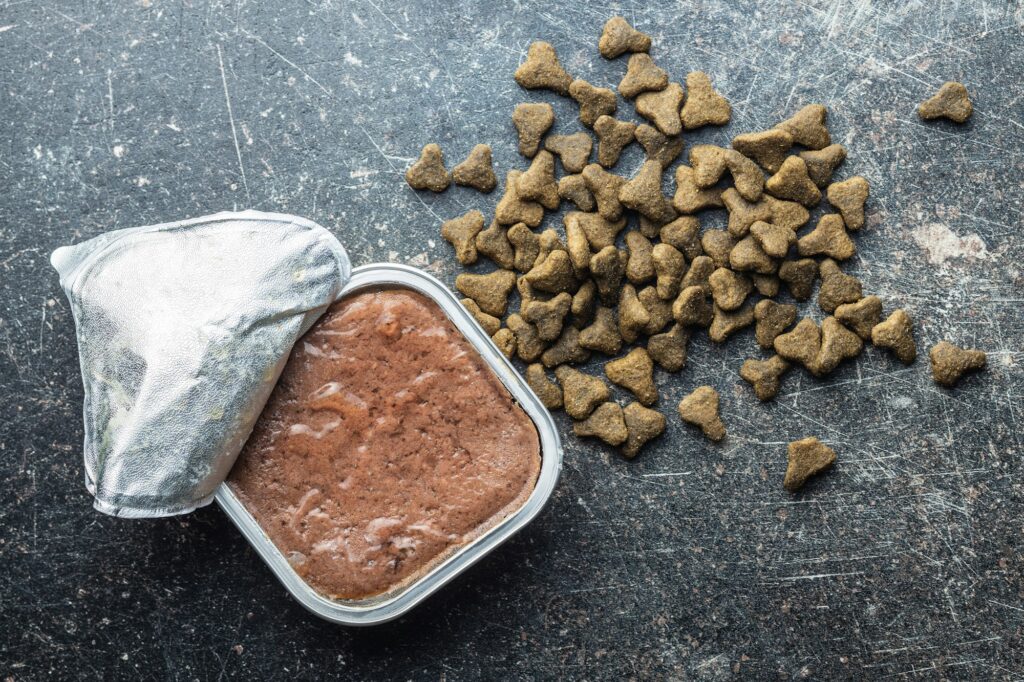
What Are Pet Food Palatants?
Pet food palatants are additives used to enhance the flavor and aroma of pet food, making it more attractive to pets. These additives can either be natural or artificial, and they come in various forms such as powders, liquids, or even gels. The goal is to improve the sensory experience of the pet, encouraging them to consume the food regularly and in healthy amounts.
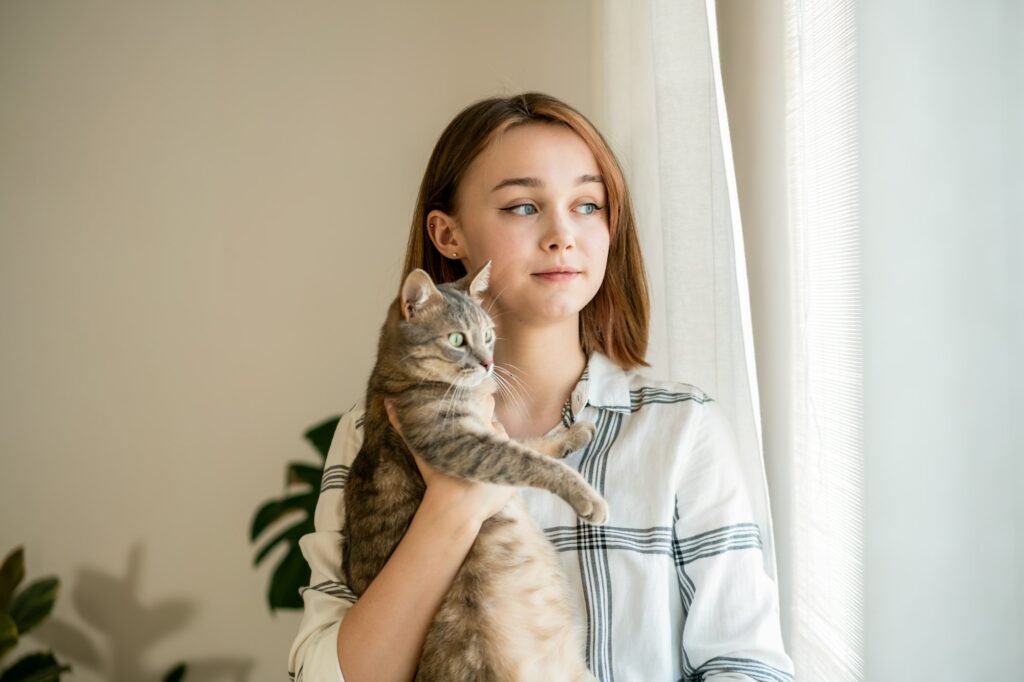
Natural Palatants: The Pros and Cons
Natural palatants are derived from real food sources, such as meats, vegetables, and fruits. These ingredients are processed to extract flavors that appeal to pets’ senses, particularly their taste and smell. Common examples include fish oil, chicken liver, and beef extracts.
Pros of Natural Palatants:
- Healthier Perception: Natural palatants are often viewed by consumers as healthier and safer for pets, which can boost the marketability of the food. With rising demand for natural and organic pet products, manufacturers can leverage natural palatants to align with this trend(Pet Food Palatant).
- Familiarity: Since natural palatants are derived from real food ingredients, they tend to be more familiar to pets. This increases the likelihood that the food will be accepted by picky eaters(Pet Food Processing).
- Sustainability: Many natural palatants are sourced sustainably, adding another layer of appeal for environmentally conscious consumers.

Cons of Natural Palatants:
- Cost: Natural palatants are often more expensive to produce than their artificial counterparts. This can increase the overall cost of the pet food product, making it less appealing to price-sensitive customers(Glad Dogs Nation | ALL Profits Donated).
- Shelf Life: Natural ingredients may have a shorter shelf life, meaning they could spoil faster than artificial palatants. This can pose a challenge for manufacturers looking to produce large batches of pet food(GlobalPETS).
Artificial Palatants: The Pros and Cons
Artificial palatants, on the other hand, are created using synthetic chemicals designed to mimic the flavors and aromas of natural ingredients. These palatants are often more consistent in taste and texture, and they provide a cost-effective alternative to natural palatants.
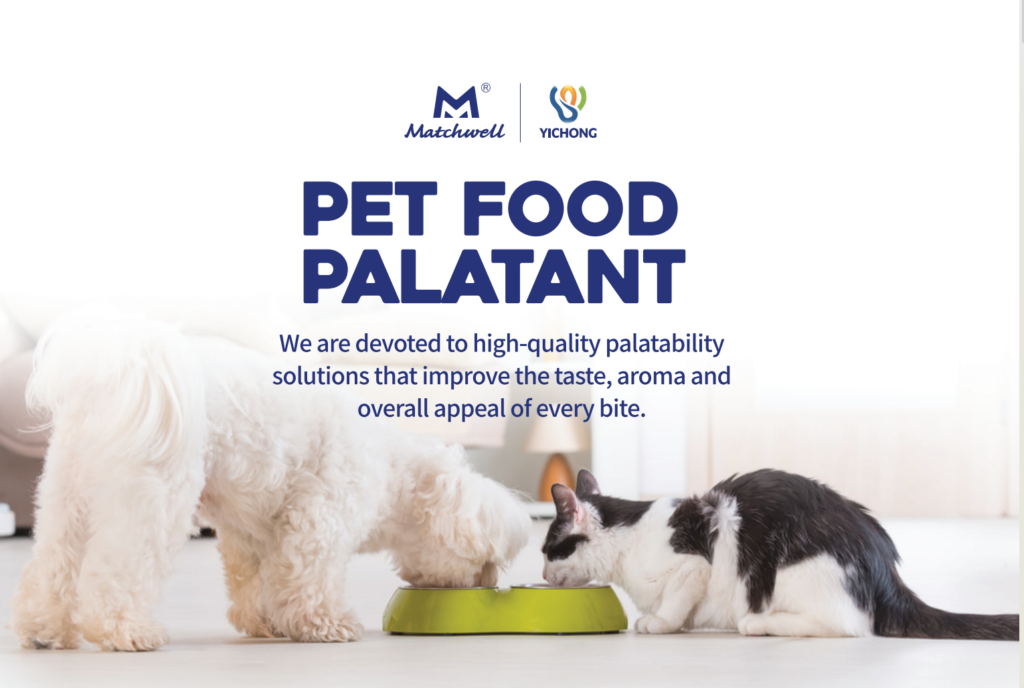
Pros of Artificial Palatants:
- Cost-Effective: Artificial palatants are generally cheaper to produce, making them a popular choice for budget-friendly pet food brands(Dog’s Best Life).
- Consistency: One of the biggest advantages of artificial palatants is their consistency. Since they are produced synthetically, manufacturers can ensure a uniform flavor and aroma across all batches(GlobalPETS).
- Longer Shelf Life: Artificial palatants tend to have a longer shelf life, making them ideal for products that need to be stored for extended periods before consumption(Glad Dogs Nation | ALL Profits Donated).
Cons of Artificial Palatants:
- Health Concerns: There are concerns regarding the long-term health effects of artificial palatants. Some studies suggest that certain artificial additives may contribute to allergies or other health problems in pets(Glad Dogs Nation | ALL Profits Donated)(Pet Food Palatant).
- Negative Consumer Perception: Many consumers are increasingly wary of artificial ingredients, preferring more natural options. This can negatively impact the brand’s image, particularly in premium markets(Pet Food Palatant).
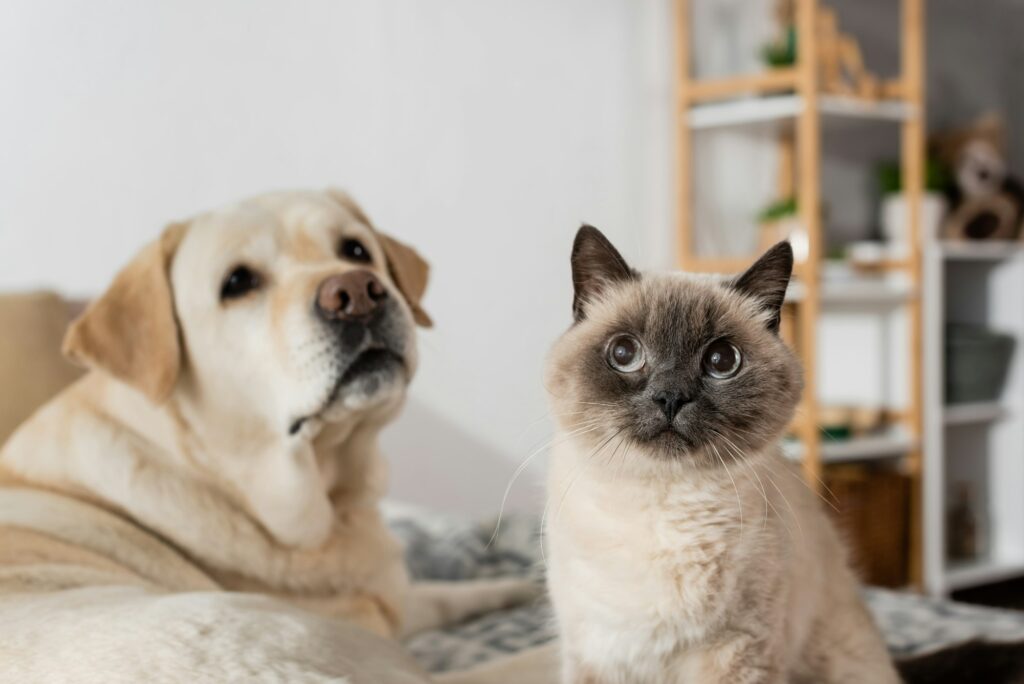
Current Market Trends
According to recent data, the demand for natural pet food is growing rapidly, with the market expected to reach USD 22.8 billion by 2028, growing at a CAGR of 9.7%(
Pet Food Palatant). This shift is driven by consumers who are becoming more conscious of their pets’ health and well-being, as well as their own preferences for natural ingredients.
Additionally, some manufacturers are beginning to blend natural and artificial palatants, aiming to strike a balance between cost, effectiveness, and health considerations(
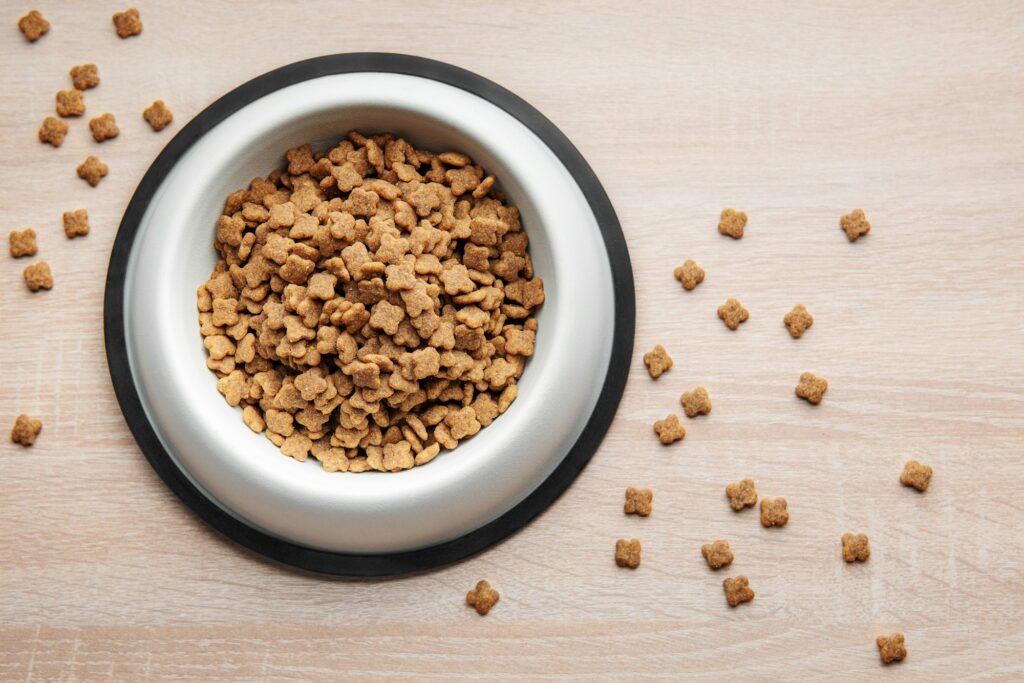
Making the Right Choice
When choosing between natural and artificial palatants, manufacturers should consider their target market, product positioning, and cost structures. For premium pet foods, where consumers are willing to pay more for natural ingredients, natural palatants are a better fit. However, for budget-friendly options, artificial palatants can provide the desired taste at a lower cost(
Glad Dogs Nation | ALL Profits Donated).
Ultimately, both types of palatants have their place in the pet food industry. The key is understanding the benefits and drawbacks of each, and how they align with your product and consumer base.

Conclusion
The choice between natural and artificial pet food palatants is not a simple one, as both options have their unique advantages and disadvantages. Natural palatants are gaining popularity, particularly among health-conscious pet owners, while artificial palatants remain a practical choice for cost-effective and consistent production. Manufacturers, wholesalers, and pet food factories need to carefully consider these factors when deciding which type of palatant to use in their products.
For more information on pet food palatants and to explore our wide range of options, visit ProfyPet.

